Club of Amsterdam

Supporter
Waag Society
Presentations
Antonino Raffone, PhD, Researcher in Cognitive Neuroscience, “Sapienza” University of Rome and RIKEN Brain Science Institute, Japan ![]() click here
click here
Rob van Kranenburg, Innovation and Media Theorist ![]() click here
click here
For a long period of time brain researchers told us that our brains are not malleable. A person would be the same at 7 and 70. Recent technological developments allowed scientists to have “a closer look” AT the brain. These days, as Einstein’s relativity theory peaks IN popularity among ordinary people, researches conclude that the brain is actually malleable. But how do we define this plasticity? How do we change our brains? Does placing electrodes to our heads for brain feedback OFFER a solution to persistent problems such as drug addiction, aggression or obsessions? Present technologies offer a level of happiness that can be achieved through years of meditation. Could this be a solution to the illnesses our societies suffer as A RESULT of wrongs we have committed through a greedy relationship with technology?
Aren’t we all sharing an overwhelming feeling that our societies are heading IN a wrong direction? Could using science and technology the “right way” be an answer to our critical questions?
Concept: Iclal Akcay, moderator
![]() Antonino Raffone, PhD, Researcher in Cognitive Neuroscience, “Sapienza” University of Rome and RIKEN Brain Science Institute, Japan
Antonino Raffone, PhD, Researcher in Cognitive Neuroscience, “Sapienza” University of Rome and RIKEN Brain Science Institute, Japan
Neural correlates of meditation states and traits
There is an impressive growth of interest in the world about neural correlates of meditation states and traits, as related to cognitive and affective neuroplasticity, as well as psychotherapy and human well-being. This talk will review key-findings in this area, with special reference to research involving long-term Buddhist meditation practitioners. The findings in a recent neuroimaging investigation by dr. Raffone and collaborators, will then presented, and their implications discussed in light of current theories of attention and awareness.
![]() Venerable Kaye Miner, Maitreya Institute Amsterdam
Venerable Kaye Miner, Maitreya Institute Amsterdam
Consciousness at the Crossroads or Mind in Tibetan Buddhism
Mind or consciousness is a particularly elusive phenomenon because it is not perceptible by the senses or even the finest instruments. Therefore mind is considered a hidden or particularly hidden phenomena. Buddhist philosophy has developed an instrument that can show the presence and function of the mind. This is a highly developed, well considered method of reliable reasoning. Using meditation, a method to investigate or research the mind in its own laboratory, valid reasoning is used to develop knowledge of the function and operation of the mind.
![]() Viona Wijnen, PhD, Neuropsychologist and Researcher, Alpha-Up | Brain Balancing Institute, Amsterdam
Viona Wijnen, PhD, Neuropsychologist and Researcher, Alpha-Up | Brain Balancing Institute, Amsterdam
How the brain can heal itself – The promise of neurofeedback
Viona Wijnen’s research interests involve psychosomatic (Mind/Body) medicine, neurophysiological reactivity and brain plasticity. She will discuss the state of the art knowledge on the brain’s capabilities to change and adapt constantly as a result of environmental stimuli and demands. Specifically, her focus will be on neurofeedback: a revolutionary neurotherapy that devotes itself to training control over electro-chemical processes in the human brain and that has shown to be efficacious for a wide variety of psychological and psychosomatic diseases.
![]() Rob van Kranenburg, Innovation and Media Theorist
Rob van Kranenburg, Innovation and Media Theorist
Brainspace
There is a tendency to think that we are going forward, going towards situations yet to be formed and discovered. This is governed by a teleology that is at odds with the way we seem to immerse ourselves in digital connectivity. You’d think we respond intuitively to something lost in the first place; our being grounded while being mobile, our being at
home in various places and locations, our sense of ubiquity, of the ubiquity of signs and modes of experience that seems ever more natural, more human. The swiftness and speed of the communicative response to the digital, what can it be but the sensual recognition of our intrinsic abilities to experience thought and alchemistic (read: growth and change) processes directly and intuitively? So lets imagine that once we had one
brainspace as we have seem to have one world now that we all ‘see’.
19:00 – 20:00
Introduction by our Moderator
![]() Iclal Akcay, Research Journalist
Iclal Akcay, Research Journalist
Part I:
![]() Antonino Raffone, PhD, Researcher in Cognitive Neuroscience, “Sapienza” University of Rome and RIKEN Brain Science Institute, Japan
Antonino Raffone, PhD, Researcher in Cognitive Neuroscience, “Sapienza” University of Rome and RIKEN Brain Science Institute, Japan
Neural correlates of meditation states and traits
![]() Venerable Kaye Miner, Maitreya Institute Amsterdam
Venerable Kaye Miner, Maitreya Institute Amsterdam
Consciousness at the Crossroads or Mind in Tibetan Buddhism
![]() Viona Wijnen, PhD, Neuropsychologist and Researcher, Alpha-Up | Brain Balancing Institute, Amsterdam
Viona Wijnen, PhD, Neuropsychologist and Researcher, Alpha-Up | Brain Balancing Institute, Amsterdam
How the brain can heal itself – The promise of neurofeedback
![]() Rob van Kranenburg, Innovation and Media Theorist
Rob van Kranenburg, Innovation and Media Theorist
Brainspace
20:00 – 20:30
Coffee break with drinks and snacks.
20:30 – 21:15
Part II: Open discussion
| Impressions
|

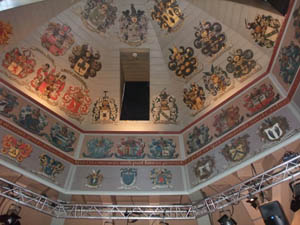
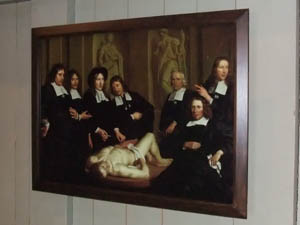
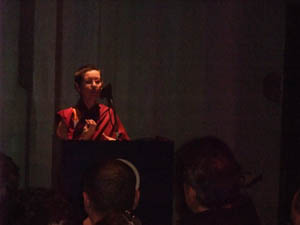
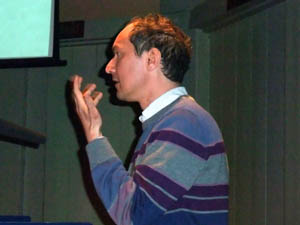
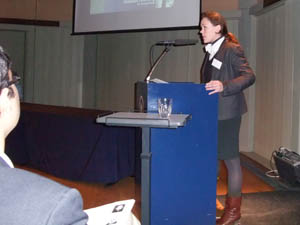
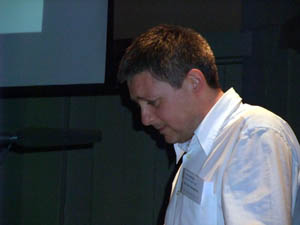
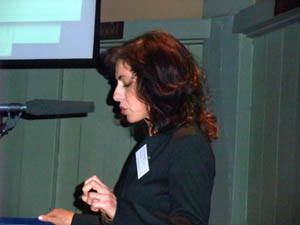
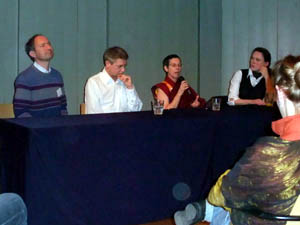
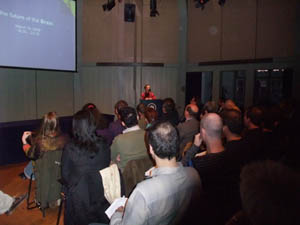
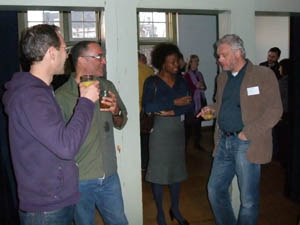
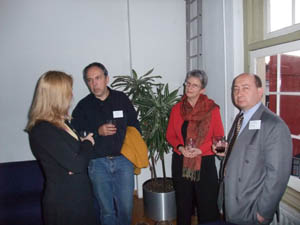
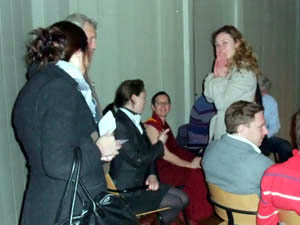
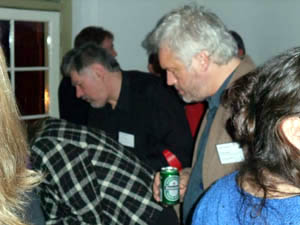
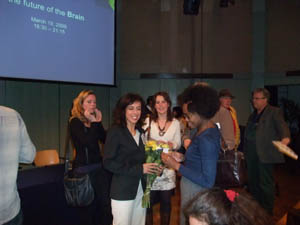




Customer Reviews
Thanks for submitting your comment!